How To Build A Tiered Garden Bed On A Slope For Easier Gardening
If you have a yard with a slope, you know that gardening can be a challenge. The soil can be uneven, and it can be difficult to keep water from running off. A tiered garden bed is a great way to solve these problems. By building a series of raised beds on different levels, you can create a more level surface for your plants to grow in. You can also install drainage systems to help prevent water from pooling.
Building a tiered garden bed is a relatively simple project that you can do yourself. In this blog post, we will walk you through the steps involved.
Step 1: Choose the right location
The first step is to choose the right location for your tiered garden bed. You want to choose a spot that gets plenty of sunlight and has good drainage. If your yard is on a steep slope, you may need to build retaining walls to prevent the beds from eroding.
Step 2: Determine the size of your beds
Once you have chosen a location, you need to determine the size of your beds. The size will depend on the amount of space you have available and the types of plants you want to grow.
Step 3: Build the frames for your beds
Once you know the size of your beds, you can start building the frames. You can use wood, concrete blocks, or even old tires. If you are using wood, make sure to use pressure-treated lumber to prevent rot.
Step 4: Fill the beds with soil
Once the frames are built, you can fill the beds with soil. You want to use a high-quality potting soil that is well-drained. You may also want to add some compost or manure to improve the nutrient content of the soil.
Step 5: Plant your garden
Once the beds are filled with soil, you can start planting your garden. Choose plants that are appropriate for your climate and the amount of sunlight your garden gets.
Step 6: Water and maintain your garden
Once your garden is planted, you need to water it regularly. You may also need to fertilize your plants every few weeks. Be sure to weed your garden regularly to keep weeds from competing with your plants for water and nutrients.
With a little planning and effort, you can build a tiered garden bed that will make gardening on a slope easier and more enjoyable.
If you're interested in learning more about how to build a tiered garden bed on a hill, visit Home Gardening. This website has a wealth of information on the topic, including step-by-step instructions, helpful tips, and photos of finished projects.
In addition to providing detailed instructions, the website also discusses the benefits of tiered garden beds on hills. These benefits include:
- Improved drainage
- Reduced erosion
- Easier access to plants
- Increased growing space
- More efficient use of space
If you're looking for a way to add beauty and functionality to your sloping yard, a tiered garden bed is a great option. Visit Home Gardening today to learn more!
FAQ of tiered garden bed on a hill
- How do I build a tiered garden bed on a hill?
There are a few different ways to build a tiered garden bed on a hill. One way is to use retaining walls to create a series of level beds. Another way is to build the beds in a zigzag pattern, which will help to prevent erosion. No matter which method you choose, it is important to make sure that the beds are well-drained and that the soil is amended with compost or other organic matter.
- What plants are best for a tiered garden bed on a hill?
When choosing plants for a tiered garden bed on a hill, it is important to consider the amount of sun and shade the bed will receive. Some good choices for sunny slopes include tomatoes, peppers, eggplants, and cucumbers. For shady slopes, try leafy greens, broccoli, cauliflower, and carrots. It is also important to consider the size of the plants when choosing them for a tiered garden bed. Taller plants should be planted at the top of the beds, while shorter plants can be planted at the bottom.
- How do I water a tiered garden bed on a hill?
Watering a tiered garden bed on a hill can be tricky. One way to do it is to use a soaker hose or drip irrigation system. This will help to ensure that all of the plants in the bed receive an equal amount of water. Another way to water a tiered garden bed is to hand-water it. If you choose to hand-water, be sure to start at the top of the bed and work your way down. This will help to prevent the water from running off the sides of the beds.
- How do I prevent erosion in a tiered garden bed on a hill?
One way to prevent erosion in a tiered garden bed on a hill is to use mulch. Mulch will help to keep the soil in place and prevent it from washing away. You can use any type of mulch that you like, but some good choices include wood chips, bark, or straw. Another way to prevent erosion is to plant groundcover plants along the edges of the beds. These plants will help to hold the soil in place and prevent it from washing away.
- What are some other tips for gardening on a hill?
Here are some other tips for gardening on a hill:
* Choose plants that are suited to the slope of your hill.
* Build raised beds to improve drainage and make it easier to garden.
* Mulch around your plants to help retain moisture and prevent erosion.
* Water your plants regularly, especially during hot, dry weather.
* Be prepared to hand-weed your garden more often than if you were gardening on flat ground.
Image of tiered garden bed on a hill
- A tiered garden bed made of wood with a variety of plants growing in it. The bed is located on a hill and has several levels, which allows for different types of plants to be grown. The plants in the bed include vegetables, flowers, and herbs.

- A tiered garden bed made of stone with a waterfall feature. The bed is located on a hill and has several levels, which allows for different types of plants to be grown. The waterfall feature adds a touch of beauty and serenity to the garden. The plants in the bed include vegetables, flowers, and herbs.
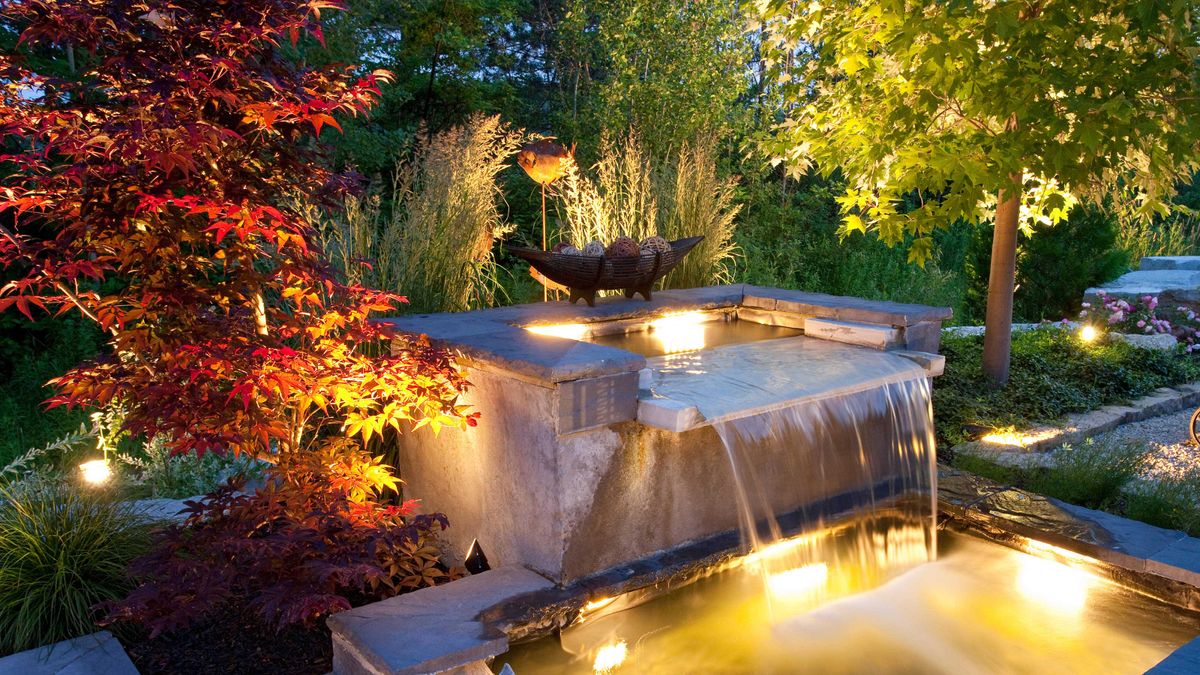
- A tiered garden bed made of cinder blocks with a walkway. The bed is located on a hill and has several levels, which allows for easy access to the plants. The walkway makes it easy to get around the bed and provides a place to sit and enjoy the view. The plants in the bed include vegetables, flowers, and herbs.
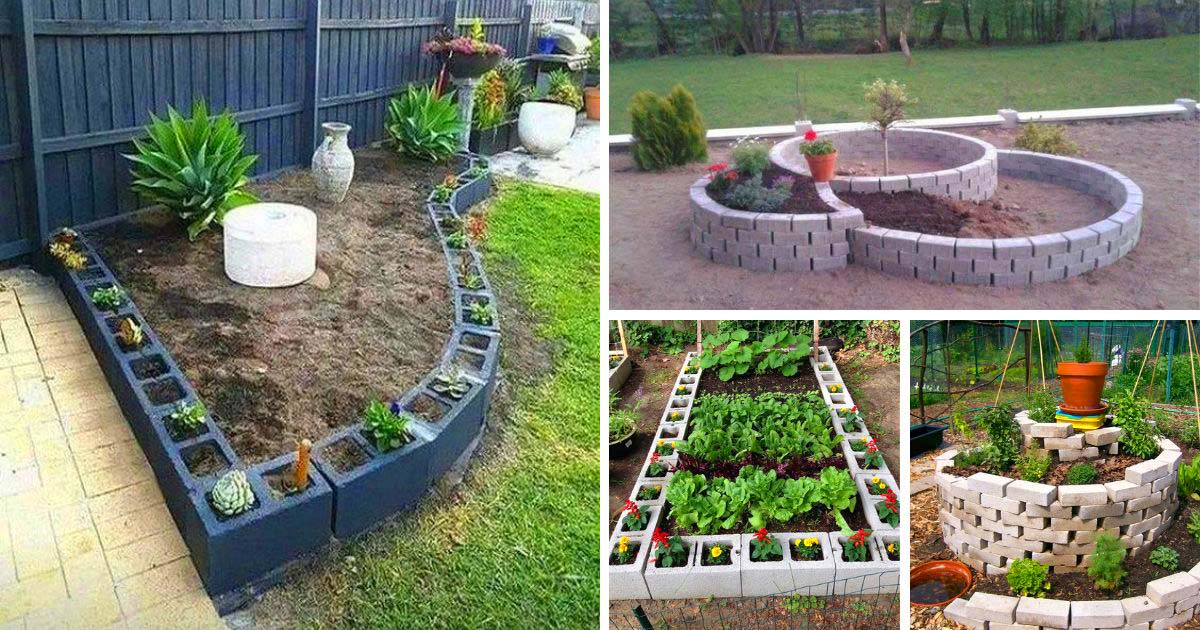
- A tiered garden bed made of railroad ties with a retaining wall. The bed is located on a hill and has several levels, which helps to prevent erosion. The retaining wall adds stability to the bed and provides a place for plants to climb. The plants in the bed include vegetables, flowers, and herbs.

- A tiered garden bed made of logs with a pond. The bed is located on a hill and has several levels, which allows for different types of plants to be grown. The pond adds a touch of beauty and wildlife to the garden. The plants in the bed include vegetables, flowers, and herbs.
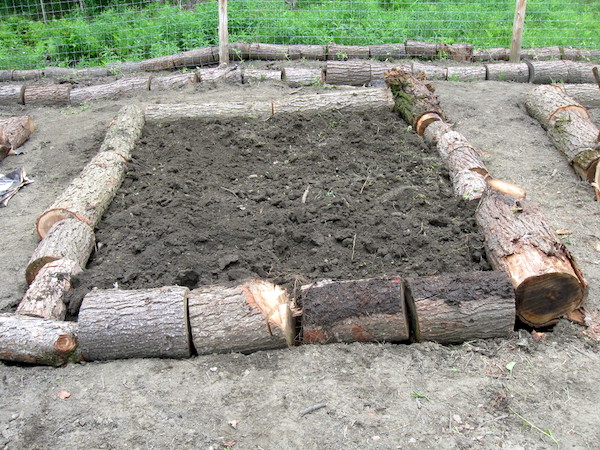
- A tiered garden bed made of bricks with a birdhouse. The bed is located on a hill and has several levels, which allows for different types of plants to be grown. The birdhouse provides a home for birds and adds a touch of whimsy to the garden. The plants in the bed include vegetables, flowers, and herbs.
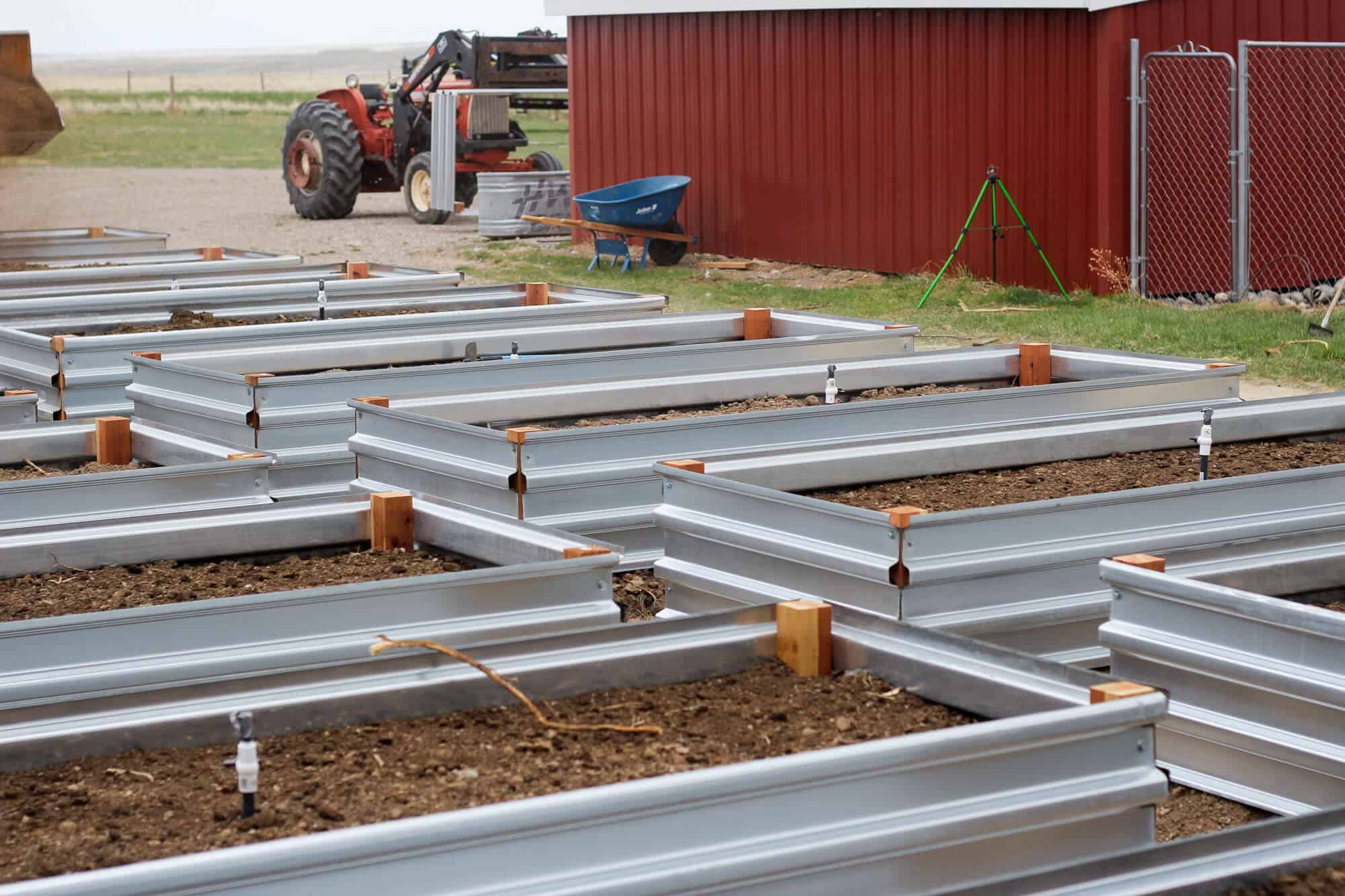
- A tiered garden bed made of bamboo with a solar light. The bed is located on a hill and has several levels, which allows for different types of plants to be grown. The solar light provides light at night and adds a touch of elegance to the garden. The plants in the bed include vegetables, flowers, and herbs.
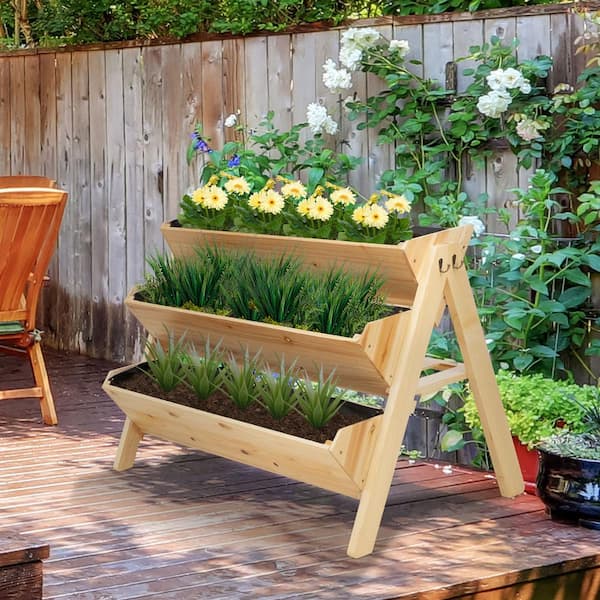
- A tiered garden bed made of tires with a trellis. The bed is located on a hill and has several levels, which allows for different types of plants to be grown. The trellis provides support for climbing plants and adds a touch of vertical interest to the garden. The plants in the bed include vegetables, flowers, and herbs.
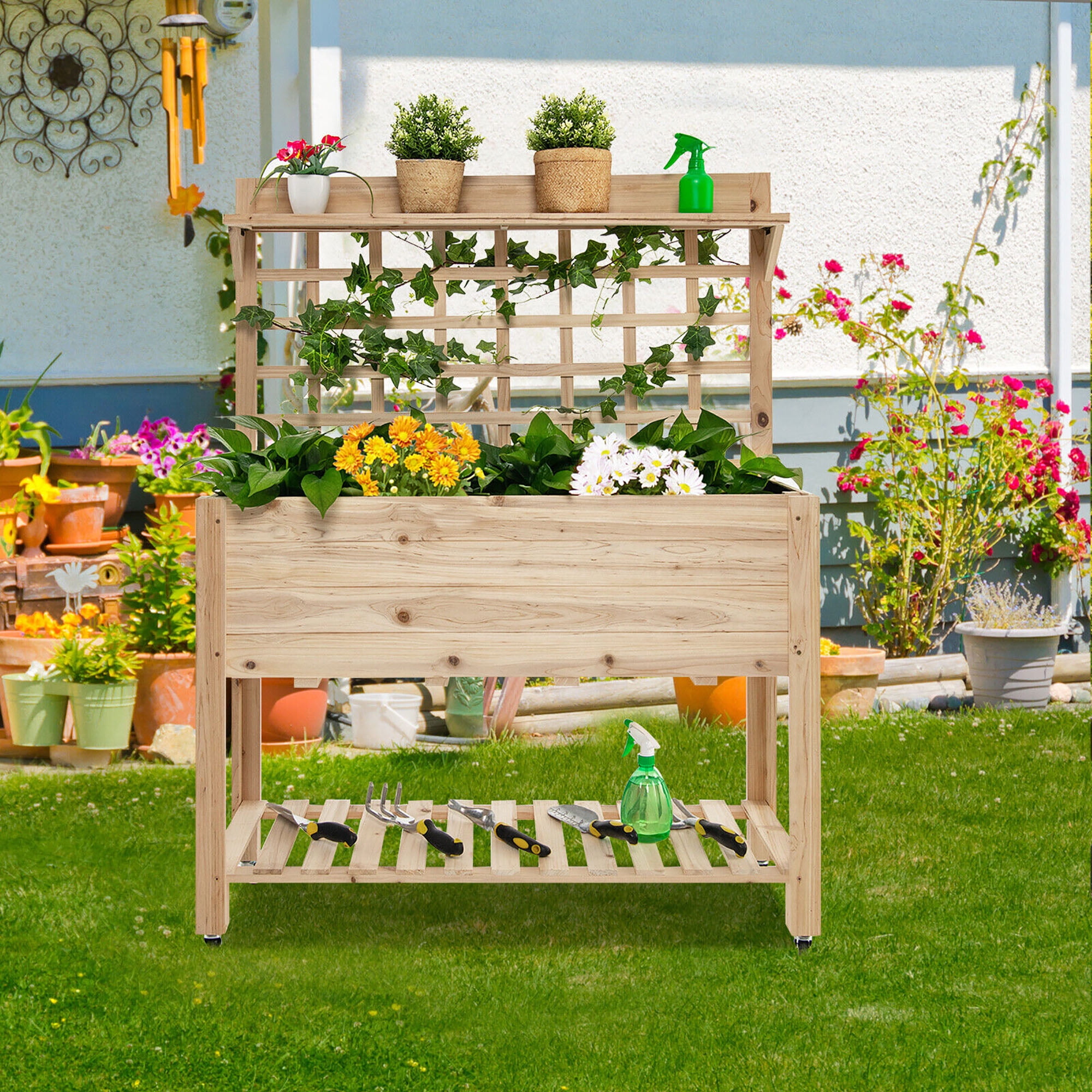
- A tiered garden bed made of straw bales with a border of rocks. The bed is located on a hill and has several levels, which allows for different types of plants to be grown. The border of rocks adds a touch of beauty and definition to the garden. The plants in the bed include vegetables, flowers, and herbs.
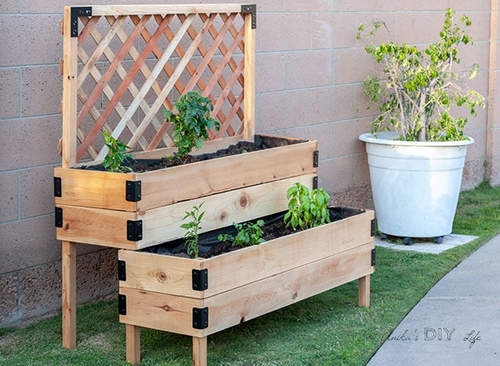
Post a Comment for "How To Build A Tiered Garden Bed On A Slope For Easier Gardening"